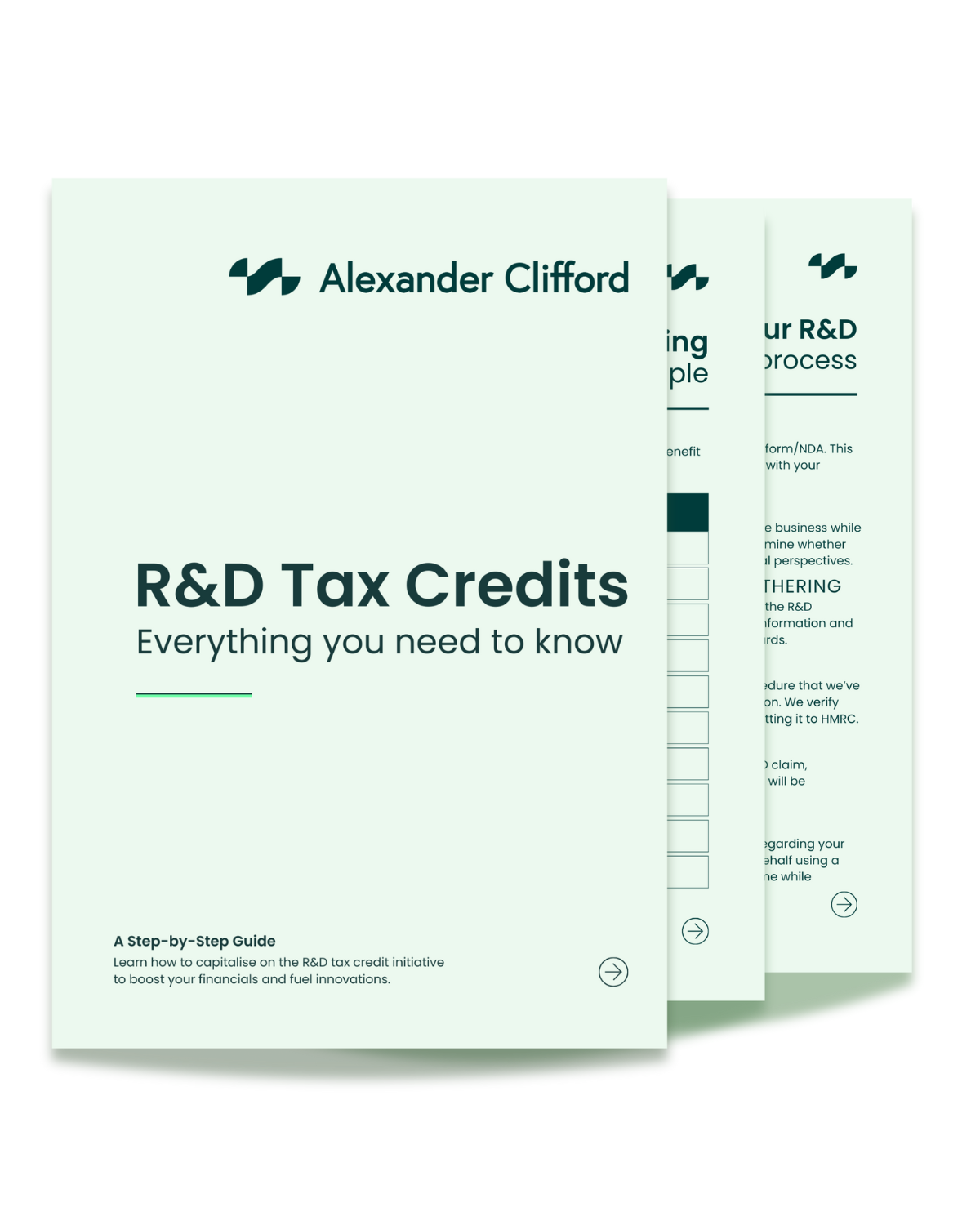What is the eligibility criteria for R&D?
While qualifying activities for R&D vary across industries, all businesses looking to benefit from R&D tax credits, need to follow a four-criteria model, often known as the four part process. This model offers a precise perspective that helps determine whether a company is engaged in qualifying R&D activities.
The four part test consists of:
- Permitted Purpose: defines the R&D activities conducted with the aim of enhancing the performance, reliability, quality, and functionality of a product, service or software
- Technological Uncertainty: refers to the unpredictable results that may arise during development, including the associated processes
- Process of Experimentation: indicates the need for a trial and error phase with the intention to overcome technological uncertainties
- Technological in Nature: ensures that the R&D activities fall within the domains of engineering, physical sciences, biological sciences or computer sciences

